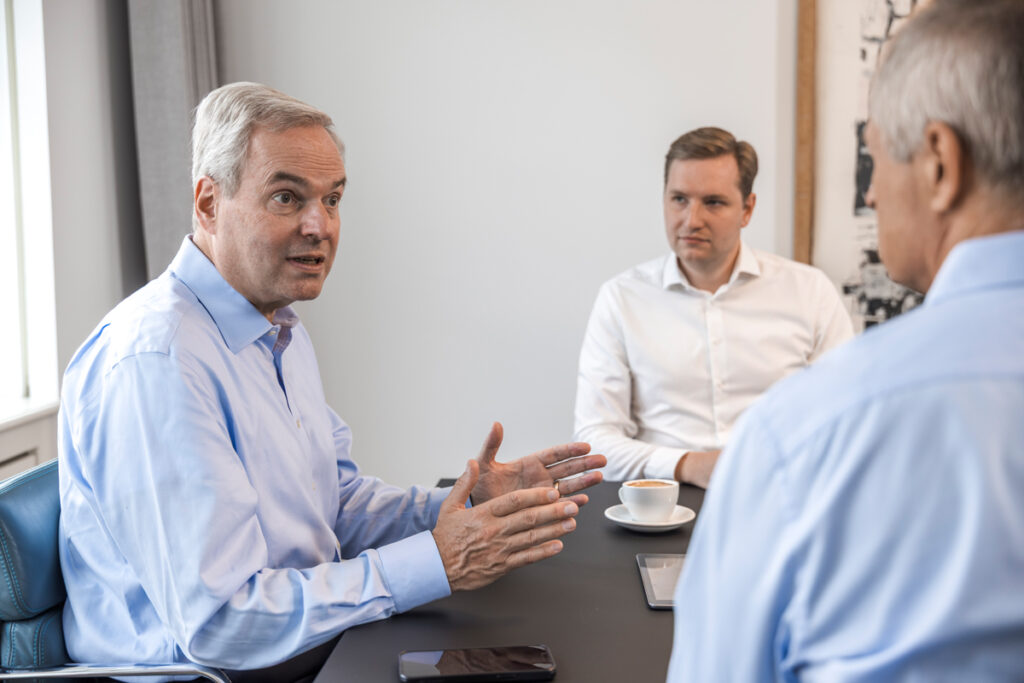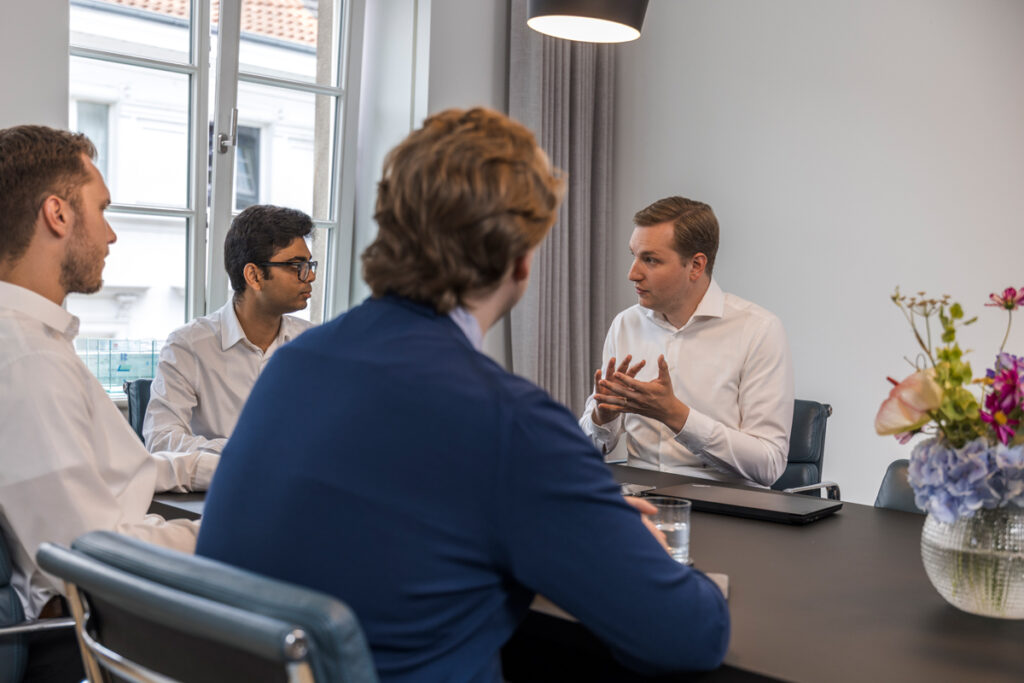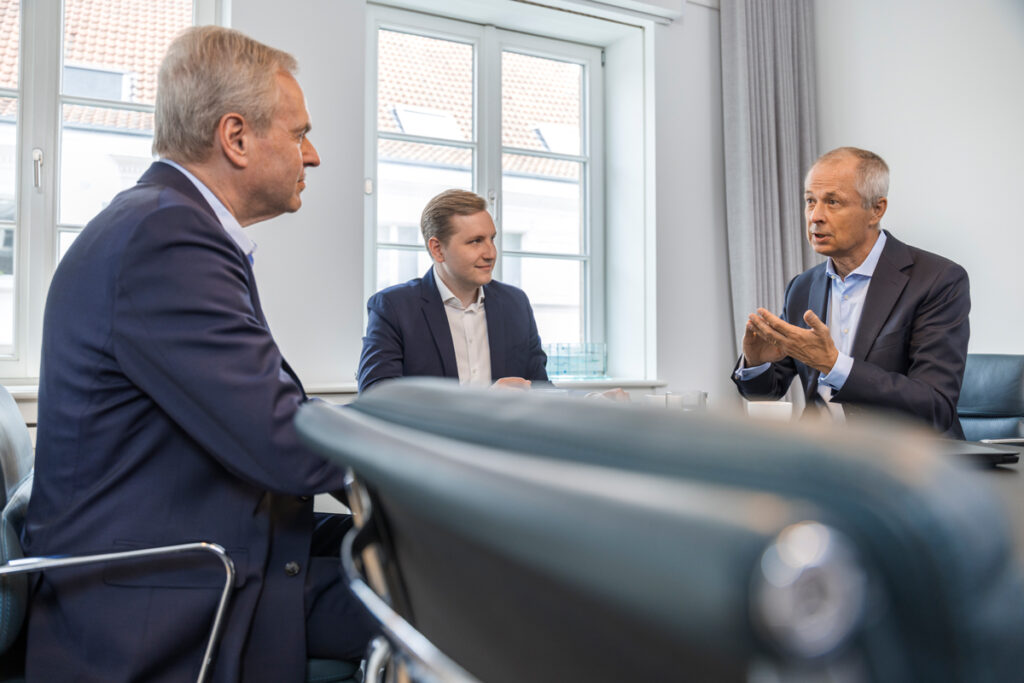Purchase Price-Increasing Strategies for Commercial Real Estate in M&A Transactions: What Matters…
Commercial real estate can – sometimes unexpectedly – hold high value potential, but hardly any other asset is its market value overestimated as frequently as commercial real estate. If shareholders are seeking to sell their operating business as part of an M&A transaction, informed decisions regarding the marketing strategy for the property(ies) are unavoidable.
The reason: Companies and real estate can be valued differently. And sellers can profit significantly from these valuation differences.
Business real estate often represents a very significant, if not the primary, production factor in medium-sized companies, especially manufacturing companies.
Business real estate is usually
- owned by the operating company and is therefore included in its balance sheet; no rental expenses are incurred or
- owned directly or indirectly by the shareholders of the operating company, although the rent may differ from the market price, or
- owned by third parties and is rented
In a company acquisition, the company is usually valued as owned, including the business-used real estate. This means: the company’s earnings, usually earnings after interest and taxes (“EBIT”), are multiplied by a factor to calculate the company value.
Valuation of Example GmbH with/without property
An example:
The Example GmbH achieves an annual EBIT of EUR 1 million, and the achievable multiplier on this EBIT is approximately 6x.
The enterprise value (debt-free) of Example GmbH is therefore EUR 6 million in this example.
If the Example GmbH were to relinquish ownership of the property and pay rent of EUR 400,000 per year for the previously owned, owner-occupied property, the EBIT would be reduced to only EUR 600,000, and the enterprise value would thus be reduced to only EUR 3.6 million.
However, if the leased production property of Example GmbH, which can be used for third parties, were sold to a third party for 12 times the annual net rent, the purchase price for the leased property would be EUR 5.0 million.
In total, the seller would therefore not receive EUR 6 million for the operating business including the property of Example GmbH, but EUR 3.6 million for the operating business and an additional EUR 5.0 million (a total of EUR 8.6 million) for the leased property.
Under what conditions can sellers of a company realize such an increase in value?
Six prerequisites
Success factor 1: Valuation difference between the operating company and the property
The greater the valuation difference between the operating company and the property, the more attractive a separate sale can be. Loy&Co can provide expert advice during this assessment.
Success Factor 2: Alternative Uses
The better a property is suited for alternative uses, the easier and faster it will be to sell it to a third party at a good price.
Success Factor 3: Creditworthiness
Every property owner wants a solvent tenant. The presentation and communication of tenant creditworthiness can play a crucial role.
Success Factor 4: Remaining Useful Life
Is the property in good condition? How long can it be rented at the current rent without major maintenance/modernization?
Success Factor 5: Permits
All relevant permits should be in place.
Success Factor 6: Transaction Process
A professional process in which bidders are provided with all information in a well-prepared manner.









